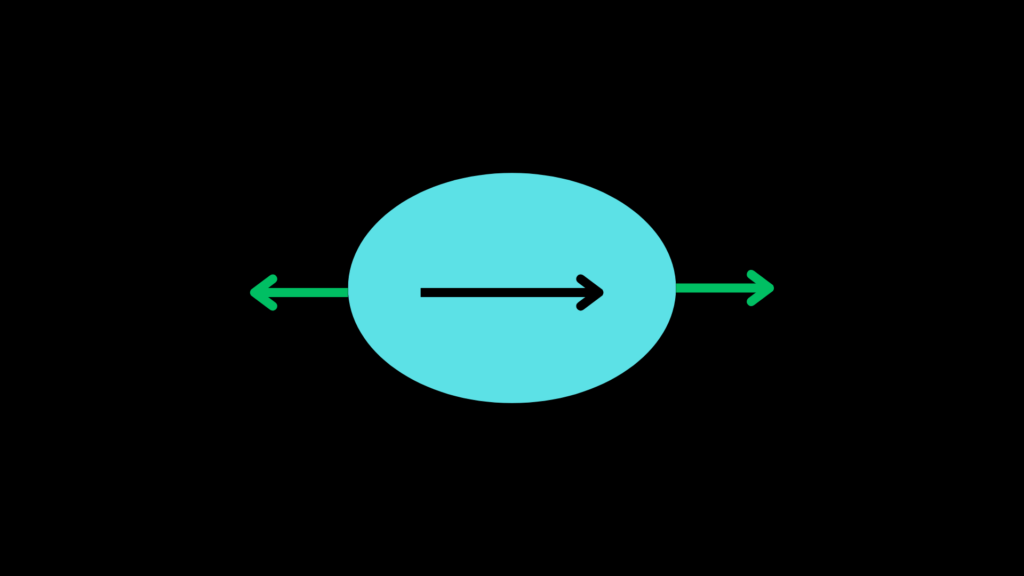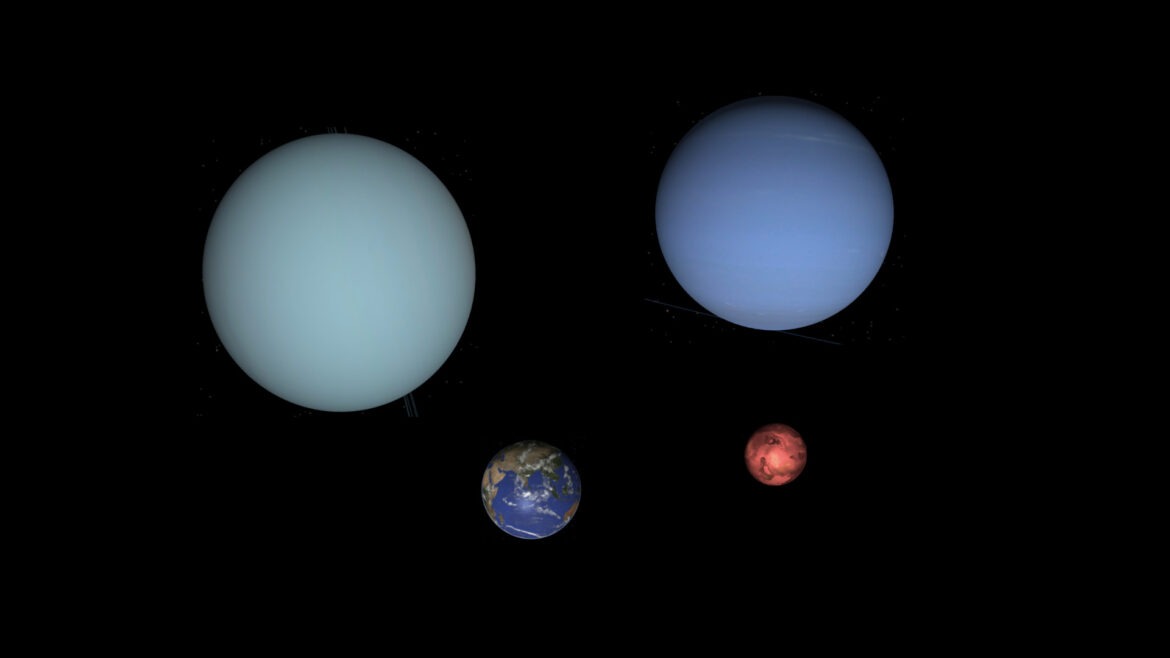Have you wondered why all planets are round but small asteroids are not? That’s all down to gravity. Let’s explain how this mechanism works in this article.
How Does Gravity Make Planets Round?
Gravity is the force that attracts objects together. Specifically, it generally exerts a force toward the object’s center of mass. Therefore, if a body is of irregular shape, gravity pulls on this object differently as each point is not the same distance from the center of mass.
The higher the mass of an object, the stronger the gravitational pull. With objects such as humans, everyday products, and asteroids, the force is so negligible that they can barely notice them. However, for massive bodies like planets, the force is strong enough to move material around and cause deformations. In other words, it has overcome the rigid-body forces of the object so that it deforms under gravity.
Gravity tends to smoothen out irregularities, so regions with less material collect matter, while those with more give out. This creates an even distribution of mass among the object, which can only be achieved with a sphere-like shape. In this case, we say that the object has reached hydrostatic equilibrium.
How Massive Must An Object Be to Become Spherical?
In the above section, we see that massive objects like planets are spherical, while small ones like asteroids come in many different shapes. So what is the borderline for an object to become spherical, or in other words, achieve hydrostatic equilibrium?
This depends on many factors, but it mainly comes down to two things: 1) the object’s ability to withstand forces and 2) the distribution and intensity of gravitational pull at the object. Generally, solid materials can handle more external forces while retaining their shape. On the other hand, fluids such as liquids and gases move around even under slight perturbations. So it’s reasonable to assume that small clumps of gases should be roughly spherical, while solid asteroids and comets have irregular shapes.
Also, the larger the object, the more likely it is to be round. That’s because large objects are more massive, and thus the gravity exerts a more powerful force to pull the material towards the center. Also, the object’s mass has to be considered to calculate the exact forces that gravity exerts on different regions. Overall, if the gravitational pull exceeds the object’s ability to resist external forces, it collapses into a sphere.
Why Aren’t Planets Exactly Spherical?
But when we say that planets are round, there is a catch — these objects are not precisely spherical. This is why we mentioned a sphere-like shape instead of an exact sphere, which cannot be achieved realistically. But why is this the case?
Well, the main reason why planets aren’t spherical is their rotation. As a planet forms, particles accrete around the object’s center and orbit it gravitationally. This orbit transfers angular momentum as the planet accumulates material, which is mostly dissipated through the violent collisions between the particles and the planet. But some of that energy remains, and it becomes the planet’s rotation.
As it spins around its axis, it exerts centrifugal forces on itself. This is the tendency for a particle to travel toward its original direction instead of turning around the center. In fact, since planets tend to spin fast, the centrifugal forces are often so strong that they can significantly affect mass distribution. Think about Jupiter and Saturn. They are the most massive planets, so their gravity must be strong enough to pull themselves into a tight sphere. Instead, their rapid rotation means they have significant equatorial bulges, in which the diameter along the equator is longer than that of the poles.

The black arrow depicts the direction of rotation, while the green arrows indicate the direction of the centrifugal forces
Conclusion
To conclude, planets are round because of their gravitational pull, which evenly distributes the mass across the object. However, remember that they are not precisely spherical due to their rotation, which can produce a significant bulge at the equator. If you would like more from this article, feel free to suggest your opinions in the comments below.

